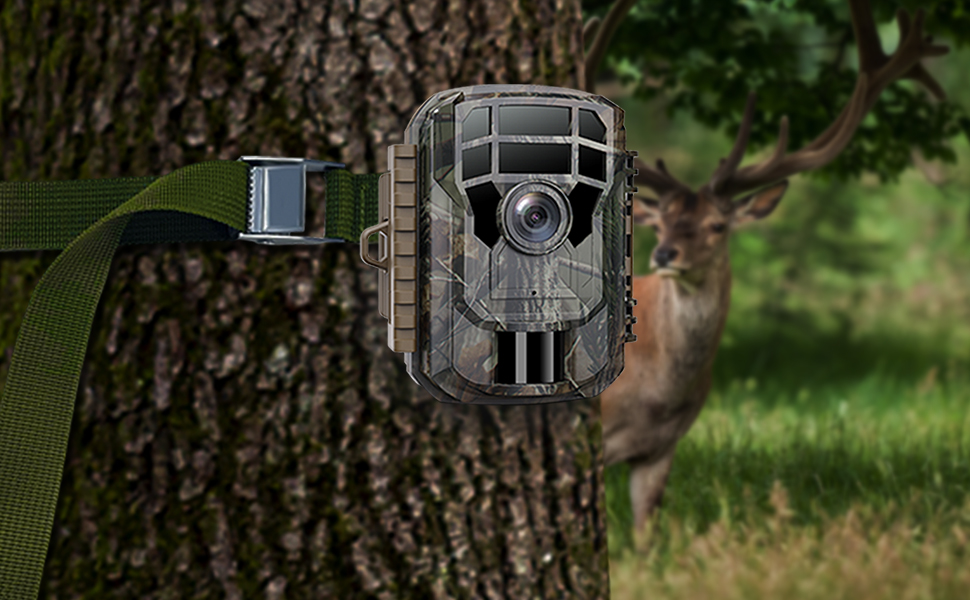Introduction
Solar-powered trail cameras are an innovative solution for surveillance and monitoring applications. These cameras are equipped with solar panels that harness energy from the sun to power the device, eliminating the need for external power sources and reducing the environmental impact. They are particularly useful in remote or off-grid locations where traditional power sources are unavailable or difficult to access. Additionally, solar-powered trail cameras can significantly reduce electricity costs and provide a reliable power source during power outages.

Advantages
One of the major advantages of solar-powered trail cameras is their sustainability. By using renewable solar energy, these cameras contribute to reducing greenhouse gas emissions and reliance on fossil fuels. They also require minimal maintenance, as the solar panels have a long lifespan and can operate efficiently for many years. Moreover, solar-powered trail cameras offer greater flexibility in installation, as they can be placed in virtually any location without worrying about power cables and electrical outlets. This allows for more strategic placement and better coverage of surveillance areas.

Features And Technologies
Solar-powered trail cameras come equipped with advanced features and technologies to enhance their performance. Many models are designed to be weather-resistant and can withstand extreme temperatures, rain, snow, and other environmental conditions. They also come with built-in rechargeable batteries that store excess energy for use during periods of low sunlight. Some cameras are equipped with motion detection sensors, night vision capabilities, and remote access features, allowing users to monitor their property from anywhere using a smartphone or computer.

Applications and Use Cases
Solar-powered trail cameras are versatile and can be used in a wide range of applications. They are ideal for monitoring remote construction sites, agricultural fields, and wildlife reserves, where traditional power sources are not readily available. They can also be used for residential and commercial properties, providing an extra layer of trail and peace of mind for property owners. Additionally, solar-powered trail cameras are an excellent choice for temporary installations, such as outdoor events and festivals, where power infrastructure may be limited.
Features of Solar Power in Trail Cameras

Solar power can be a great addition to trail cameras, especially in remote locations where access to traditional power sources is limited. Here are some ways in which solar power can be applied to trail cameras

Extended Battery Life
Trail cameras are typically powered by batteries, and depending on the usage, they may need to be replaced or recharged frequently. By using solar panels to recharge the batteries, you can significantly extend the battery life of the camera, reducing the need for frequent maintenance.

Remote Monitoring
In areas where it is difficult to access the trail camera, such as deep in the woods or on top of a mountain, solar power can provide a continuous power source, enabling the camera to operate for longer periods of time without intervention.

Cost Savings
Although the initial investment for solar panels and associated equipment may be higher, the long-term cost savings can be significant. By harnessing free energy from the sun, you can reduce or eliminate the need to purchase batteries or other power sources for your trail camera.

Environmental Benefits
Using solar power for trail cameras is a clean and renewable energy source that reduces the environmental impact of battery disposal and the carbon emissions associated with traditional power generation.




Leave a comment
This site is protected by hCaptcha and the hCaptcha Privacy Policy and Terms of Service apply.